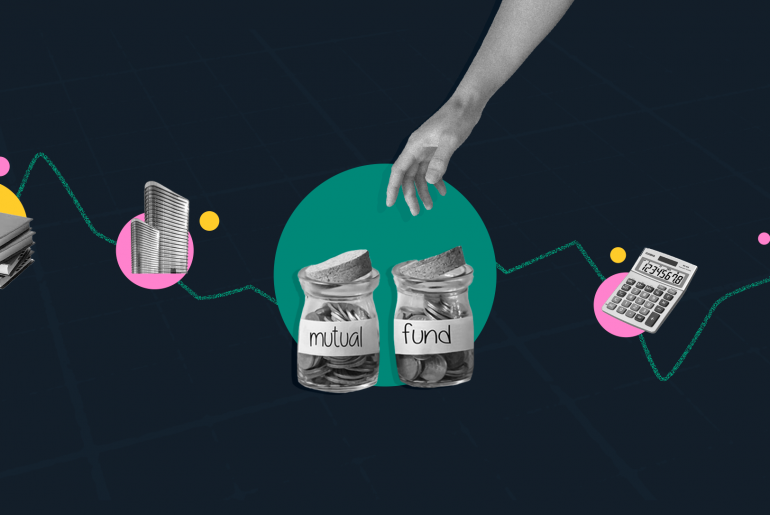Last Updated on Nov 9, 2021 by Manonmayi
Amit Kumar Gupta has over 15 yrs of experience in investment analysis and portfolio management. He had set up the research desk at Adroit Financial Services Pvt. Ltd. across multiple asset classes.
Rebalancing the portfolio is one of the most important questions in investment management but is often most neglected. The market works in cycles and hence, no one asset class remains on the upcycle forever. For rebalancing the portfolio, knowledge and implementation of asset allocation are foremost. Once that is done successfully, one can look at this activity on review.
Primarily, the portfolio rebalancing must reflect two things. Firstly, it must reflect the shift in investor financial realities and risk profile. Secondly, it must also reflect the changing realities in the market with respect to assets.
Table of Contents
What does it mean to rebalance the portfolio?
Rebalancing is the process by which an investor restores their portfolio to its target allocation. This can be done in two ways:
(a) Divest from underperforming assets and invest in assets, which have more potential to grow or
(b) Book profits from performing assets that are above the mean deviation and invest in underperforming assets which still have the potential to catch up.
Investors are likely to be invested across multiple asset classes – Equities, Debt, Gold or Cryptos. Rebalancing applies both across and within the asset mix.
The idea of rebalancing is quite simple but the timing and frequency of rebalancing require some strategy into the process. In fact, many investors make rebalancing more complex than it needs to be. Let’s see how to do so.
Ways to rebalance the portfolio?
Rebalancing a portfolio can take place on two different frequencies:
- either at set time points (monthly, quarterly, annually) or
- at set allocation points (when the asset class exceeds / falls below a certain percentage level)
In the former case, you rebalance the portfolio at a fixed frequency. For example, a stock with a 5% allocation has doubled in 12 mth. So now it has become 10% of the portfolio. On review, one can rebalance it and bring it back to 5% original allocation. In our Indian opportunity strategy on smallcase, we follow this and bring it back to the original allocation after regular review, wherever required.
In the latter case, you rebalance the portfolio as and when it happens in real-time. For example, if your equity allocation is 60% and the portfolio rallies 20%. Now it is 72% of your overall asset allocation. So you reduce it by 12% to bring it to the original allocation of 60%. Generally, these rules are pre-set and do not need manual intervention. However, this approach is becoming outdated when the algo-driven approach in equity markets causes sharp swings thereby forcing to automatically monetize the profits or losses.
How to rebalance the overall investment portfolio?
Investors are likely to be invested across multiple asset classes – Equities, Debt, Gold or Cryptos. Often certain mutual funds or direct stocks will do better than others over a given period of time. For example, over the course of one year, assume that your stock funds perform extremely well but your bond funds perform poorly. Then a rebalancing from the stocks to bonds would make sense if the expectation is for rising interest rates.
For example, if your original allocation was 80% stocks and 20% bonds, your end-of-year allocation may now be 90% stocks and 10% bonds. You are now out of balance and this new, more aggressive allocation may expose you to unwanted risk. Conversely, if stocks do poorly and bonds do well, the next year you may be taking a lower level of risk and may miss out on gains in the stock market. To rebalance, you simply make the appropriate trades to return your mutual funds back to their target allocations. At the same time, It is also possible that the return of geopolitical uncertainty is again leading to demand for gold and gold prices could go up. All these are trend-related triggers for rebalancing your portfolio.
Taxation issues while rebalancing the portfolio
Investors need to be aware of trading and taxation costs associated with buying and selling either mutual funds or direct stocks. So rebalancing too often can diminish the potential positive effects of doing it. On the other hand, let’s say taking out 1L for LTCG every year is sound practice to avail tax benefits as that is tax-free.
But in certain cases, rebalancing the portfolio can be beneficial for example, post the imposition of Dividend Distribution Tax on equity fund dividends, it makes a lot more economic sense to rebalance and shift from dividend plans to growth plans of equity funds.
In the case of debt funds, the short-term capital gains will qualify for taxes based on the individuals’ income tax slab. For long-term capital gains, the tax is 20% with indexation. If one needs to scale back, aim to sell the securities in the tax-exempt accounts first. In this way, one can limit the taxes you pay in capital gains.
- Is Buffett Indicator a Good Measure of Indian Stock Market Valuation? - Apr 4, 2022
- How Often Should You Rebalance Your Portfolio? - Nov 9, 2021







